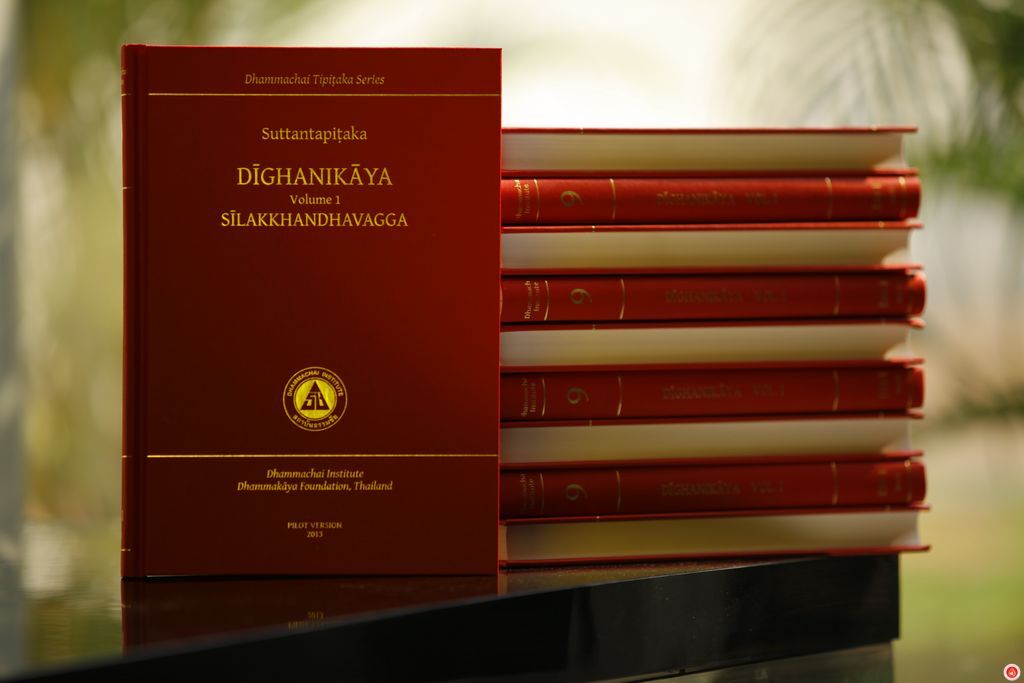Project History

Although the Lord Buddha entered Nirvana long ago, the timeless truth within his teachings continues to be valuable, guiding humanity for over 2600 years. Since the Buddha's era, his followers have upheld and passed on the Dhamma primarily through mukhapatha, or "oral recitation." This practice continued until around 400 B.E., during the rule of King Vatta Gamani Abhaya, a devoted Buddhist Sinhala King of Sri Lanka. It was during his reign that the Pali Tipiṭaka was initially transcribed onto palm leaves. From that point onwards, the Pali Tipiṭaka, along with commentaries, sub-commentaries, and sub-sub-commentaries, has been conveyed through inscription onto palm-leaf manuscripts. These manuscripts fall into 4 main traditions:
Sinhalese
Burmese
Khom
Tham (including Tham Lanna, Tham Isan and Tham Lao)
(Note: Manuscripts in the Mon script also hold significance, with occasional discoveries in both Thailand and Myanmar.)
Our ancestors dedicated extensive effort to inscribe and safeguard these palm-leaf manuscripts, which hold remarkable historical and cultural worth as a testament to our Buddhist heritage. Regrettably, the passing of time has led to the gradual disappearance of these invaluable manuscripts due to both natural decay and a lack of understanding about preservation techniques. At present, only a small fraction of individuals possess the skills to read, conserve, and utilize these manuscripts.
Objectives

In response to this challenge, in 2010, Wat Phra Dhammakaya initiated "The Dhammachai Tipiṭaka Project." The primary objectives of this project were twofold:
1. To safeguard the ancient palm-leaf manuscripts as an invaluable part of our Buddhist heritage.
2. To create comprehensive Tipiṭaka databases that establish connections between the text and images of the manuscripts. This system aims to significantly ease the work of scholars engaged in Buddhist studies.
Overall, the project strives to not only protect the past but also enhance the accessibility and utility of these materials for the present and future generations interested in Buddhism.
Benefits

The project's impact is profound, with tens of thousands of manuscripts across all traditions being safeguarded for the benefit of future generations as an enduring Buddhist documentary heritage. This initiative will provide scholars of Buddhist studies worldwide with convenient internet access to our extensive database of manuscript images. This obviates the necessity for them to undertake journeys to locations where the manuscripts are stored or seek permissions to peruse and transcribe the text. Consequently, the remarkable efforts expended by our ancestors in creating these manuscripts will yield meaningful results within our own generation.